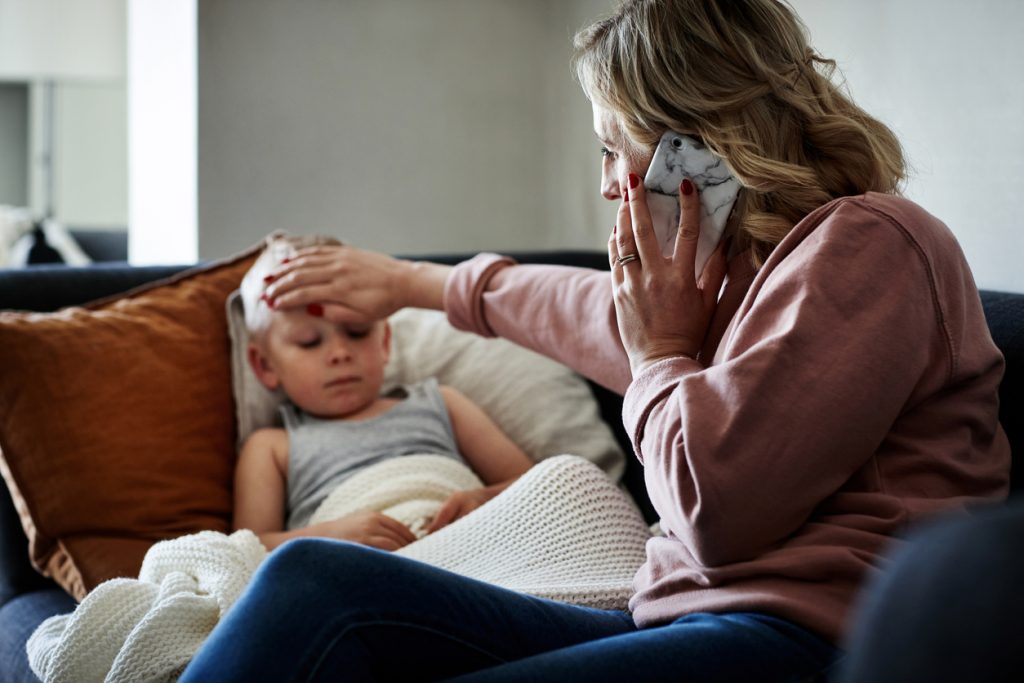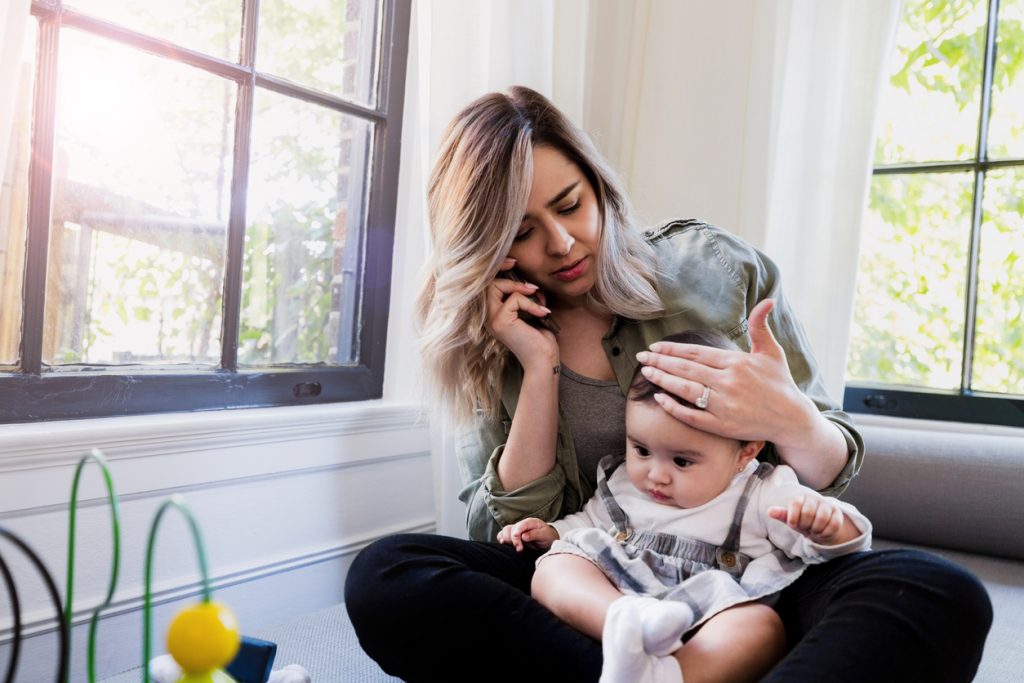RSV in children: Signs, symptoms and treatments
More than just a common cold, respiratory syncytial virus (RSV) in children is highly contagious and spreads easily, especially among groups of people in close contact. It’s the most common cause of respiratory problems in children, and most children have been infected at least once by the time they turn two.
What is RSV?
RSV’s full name is respiratory syncytial virus. As the name suggests, RSV affects the lungs and can cause breathing problems or, in more serious cases, lead to bronchiolitis or pneumonia.

Who is at risk of catching RSV?
Children and the elderly are the two highest risk groups for RSV. This is because young children are often together in groups at daycare, and are not known for practising gold-standard hygiene. Older people can be at risk of catching RSV and potentially developing complications from the virus, especially if they have heart or lung problems, or a compromised immune system.
What are the early signs of RSV in children?
RSV in children may initially show up in a similar way to a cold or flu, with a runny nose, fever, coughing and wheezing. It’s not unusual for people with RSV to also develop an ear infection.
The coughing and wheezing can be more pronounced in children with asthma or other breathing difficulties. And infants can be particularly susceptible to developing bronchiolitis or pneumonia as the virus progresses.
What causes RSV?
RSV is passed between people via water droplets when an infected person talks, coughs or sneezes, and someone nearby breathes in those droplets.
The virus can also be spread via skin-to-skin contact (such as shaking hands), or by touching something an infected person has touched, such as a door handle or a tissue. The virus lives for longer on hard surfaces than it does on skin or paper.
How is RSV treated?
Usually, the best treatment for RSV is rest and fluids. Most people will recover within eight to 15 days of the onset of symptoms.
It’s also important to wash hands regularly and practise good hygiene to help avoid spreading the virus. The virus can be diagnosed with a blood test or by testing the mucus from your nose or throat.

When to seek medical help
You should take your child to see a doctor if:
· they have a high temperature
· they’re having trouble feeding because of a blocked nose
· they start coughing up mucus
· they become dehydrated
· they are refusing to feed and are irritable.
Call an ambulance or take your child to the emergency department of your nearest hospital if they are having trouble breathing, are breathing rapidly, or are turning blue.
To speak with an InstantScripts Doctor:
Request a ConsultationIf you have run out of your script:
Request a ScriptThis article was written by Carolyn Tate, a Brisbane-based writer with a particular interest in women’s health, mental health and living well. Carolyn holds a Bachelor of Professional Writing and a Bachelor of Political Science.
© InstantScripts
Level 8 / 637 Flinders St.,
Docklands VIC 3008

